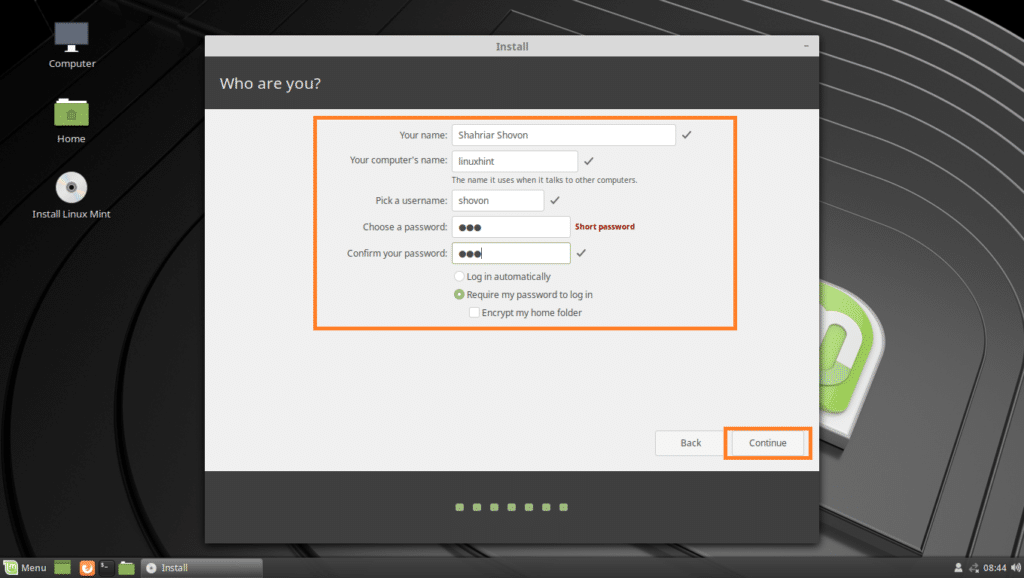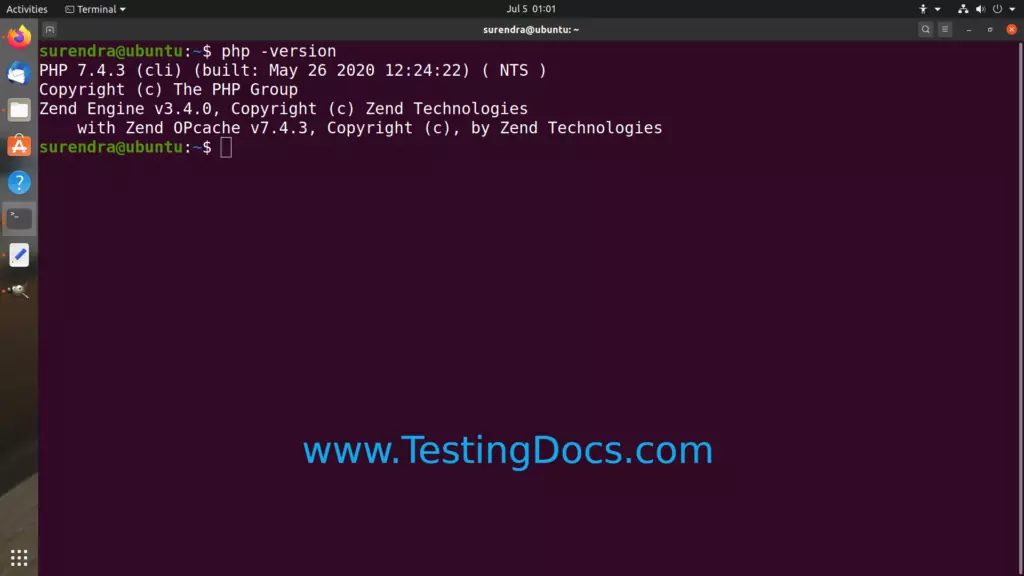
Running Virtualize ThisKey.exe will launch your Linux distribution in Windows (inside VirtualBox), whereas VirtualBox.exe opens the full VirtualBox interface. Once the process is finished, open your USB key in Windows Explorer and you should see a folder called VirtualBox containing two executable files: Virtualize ThisKey.exe and VirtualBox.exe. You will need and internet connection to complete the process - mainly to download VirtualBox if you don't have it installed. Leave the third box checked, the other two are up to you and self-explanatory.

Choose the source ISO file of the Linux distribution you downloaded. Select the USB drive where you want Linux installed. Launch LiLi USB Creator and follow the straightforward steps guiding you through the process.Download and install LinuxLive USB Creator.Download and transfer the ISO image of your preferred Linux distribution to a USB drive.This means the host computer you'll run Linux from doesn't need to have VirtualBox installed. It's free, open-source software, and it has a built-in virtualization feature that lets you run a self contained version of VirtualBox from the USB drive. Our preferred weapon of choice here is a little tool called LinuxLive USB Creator. Perhaps you just want to do something real quick without rebooting, or want to be able to hide the virtualized Linux instance. This option will come in handy if you want to run a Live Linux environment but need to retain access to Windows. Running Linux from a USB drive in Windows This quick guide details both methods in a few easy steps.

There are basically two options when it comes to running Linux from a USB drive: from within Windows using virtualization software such as VirtualBox, or creating a boot disk. There are a number of uses to this, from simply test driving Linux to troubleshooting a Windows PC, or work on the go from someone else's computer but running your own OS securely with all your personal files and settings. Since nothing is written to the host computer's local storage, when you're done all you need to do is remove the media, reboot, and everything will be exactly as it was. Live Linux environments work just like a typical operating system but run entirely from a CD or USB stick - the latter being the most common choice these days.


 0 kommentar(er)
0 kommentar(er)
